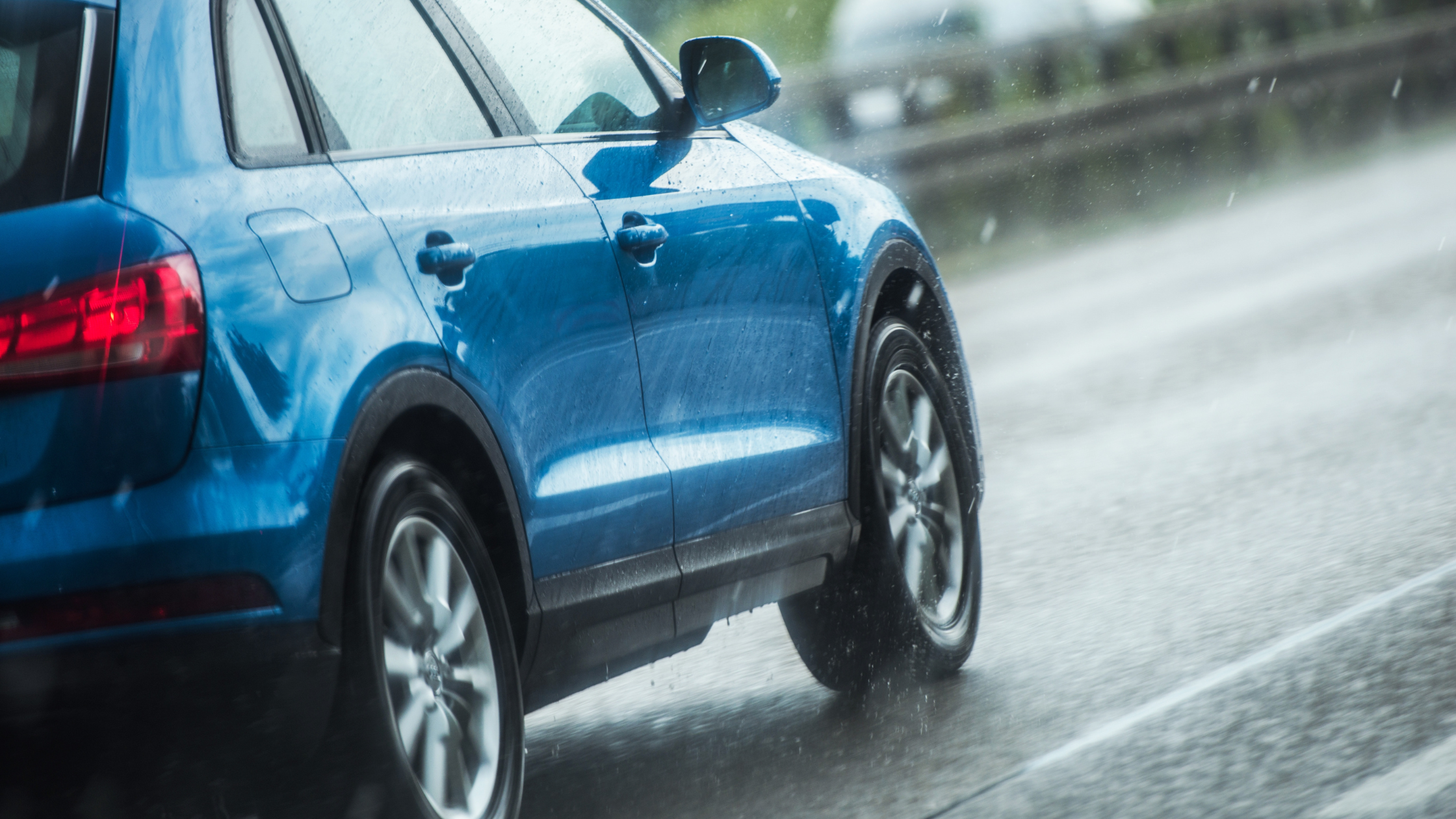Driving safely requires adjusting your habits to match the current conditions. Inclement weather and low light can make maintaining control of your vehicle more difficult.
By modifying your driving technique, you can navigate these scenarios confidently and reach your destination unharmed. This article provides tips to help you adapt your driving for rain, fog, snow, sunlight glare, and nighttime.
Use Caution in the Rain
Wet roads create slippery conditions and impaired visibility from water spray. To drive safely in the rain:
- Lower your speed and leave ample stopping distance from the vehicle in front of you. Braking distances are longer on wet pavement.
- Avoid sudden braking or acceleration that could hydroplane your tires.
- Turn on low beam headlights to make your vehicle more visible.
- Keep windshield wipers on high to maintain visibility. Top off windshield fluid.
- Watch for pooled water that could lead to hydroplaning.
Adjusting to Foggy Conditions
Fog significantly reduces visibility on roadways. To improve safety:
- Use low beams or fog lights to illuminate the road ahead without reflecting light back.
- Reduce speed and increase following distance. Fog makes it harder to see vehicles ahead.
- Avoid passing other cars. Wait for improved visibility.
- Turn on hazard lights to make your vehicle more visible.
Maintaining Control on Snow and Ice
Slippery winter conditions require gentler control inputs. To stay safe:
- Brake early and gently to avoid skidding. Allow 10 times more stopping distance.
- Turn slowly and avoid abrupt acceleration. Both could cause a skid.
- Keep extra distance from plow trucks that could kick up reduced visibility.
Staying Visible in Bright Sunlight
Sun glare can make it harder to see the road and spot hazards. To improve safety:
- Wear polarised sunglasses to reduce glare.
- Adjust your sun visor as needed for shade.
- Keep windshields clean inside and out to minimise sun glare.
- Be alert for hazards like pedestrians crossing while in sun glare. Reduce speed until visibility improves.
Night Driving Challenges and Tips
Driving at night presents unique visibility challenges. Follow these tips for safety:
- Use low beams when other cars are present to avoid blinding other drivers.
- Look to the right side of the road to avoid oncoming headlights.
- Reduce speed and increase following distance. It’s harder to see hazards and brake lights.
- Be alert for impaired night vision from age, fatigue, or medications. Limit driving if these are factors.
By tailoring your driving technique to the conditions, you can continue driving safely despite weather and visibility challenges. Stay attentive, reduce speed, and increase following distance. With caution and common sense, you can handle any situation the road throws your way.



